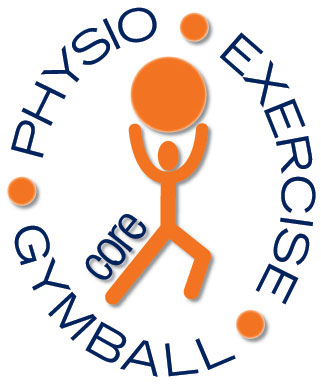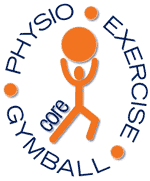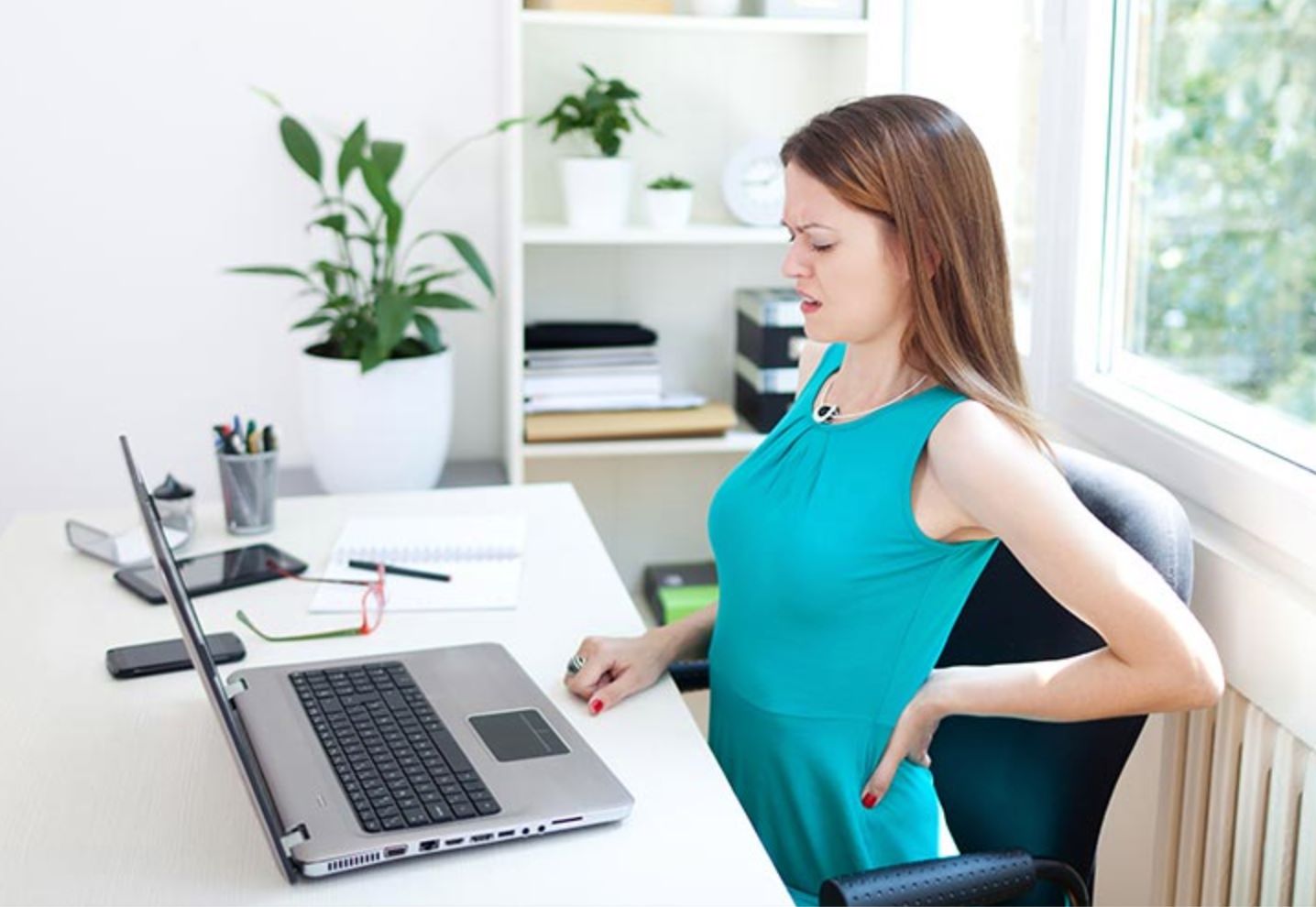What is Poor Posture?
The most common example of poor posture is the slumped forward position. We see the shoulders rounded and falling forward and the head protrude forward rounding the upper back. This positions causes excessive tension through the neck, upper shoulders and middle back. Over time this can lead to muscle weakness, neckache and headaches.
Can I fix poor posture?
Even if poor posture has been a long-term problem there are many things we can do to improve it. Better posture is often a matter of strengthening your muscles and changing your activities.
- Strengthen, strengthen, strengthen.
If poor posture has been a long term problem often the muscles at the back of the shoulders, scapular (shoulder blade), upper back and neck have become lengthened and weakened. Using your theraband to work the muscles around the shoulder and upper back area can be a good starting point to strengthen these muscles again and help them support you in a taller posture.
As you progress your strength work adding in hand weights can further strengthen and stabilise through the neck and shoulder areas.
2. Changing your activities.
Take a look at your day and assess your posture in positions where spend extended periods of time.
Do you drive a lot? Make sure your car seat has lower back support and your steering wheel is at the correct height. Take a break for a quick walk, coffee or toilet stop to break up long drives.
Do you work long hours at a desk? Check your chair height, screen height, keyboard and mouse are all positioned correctly to help support a good posture through the day. And take a break! A quick walk to the printer, chat to a work colleague instead of emailing them, take a stroll at lunch time. With more of us working from home we are moving even less (no need to walk to the train, move around the office) so it may need to be a conscious effort to break up the day.
Lastly and most importantly remember our bodies love movement! Instead of always thinking of “perfect posture” you can try to avoid “prolonged posture.” Remember your best posture is your next posture.


